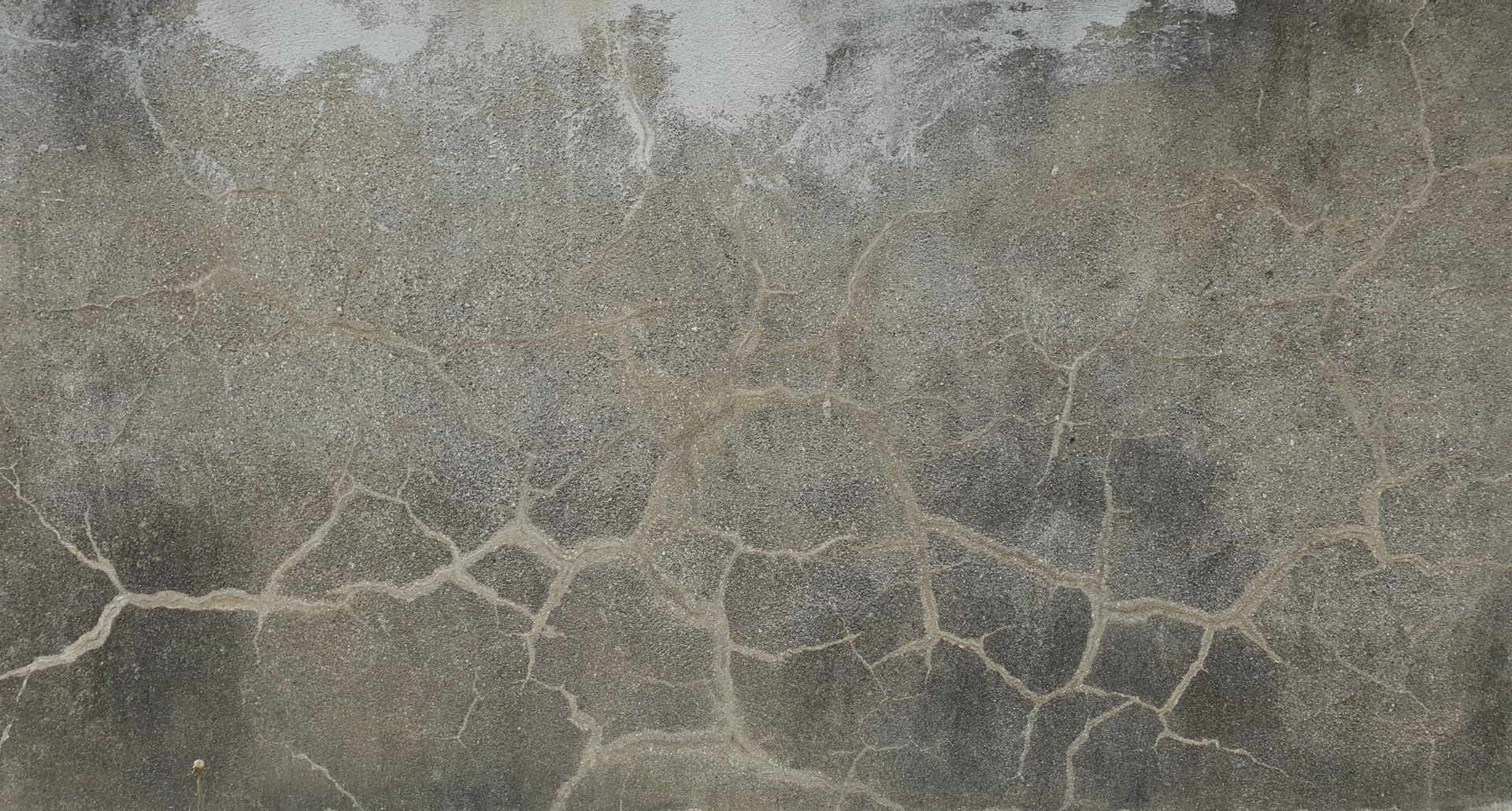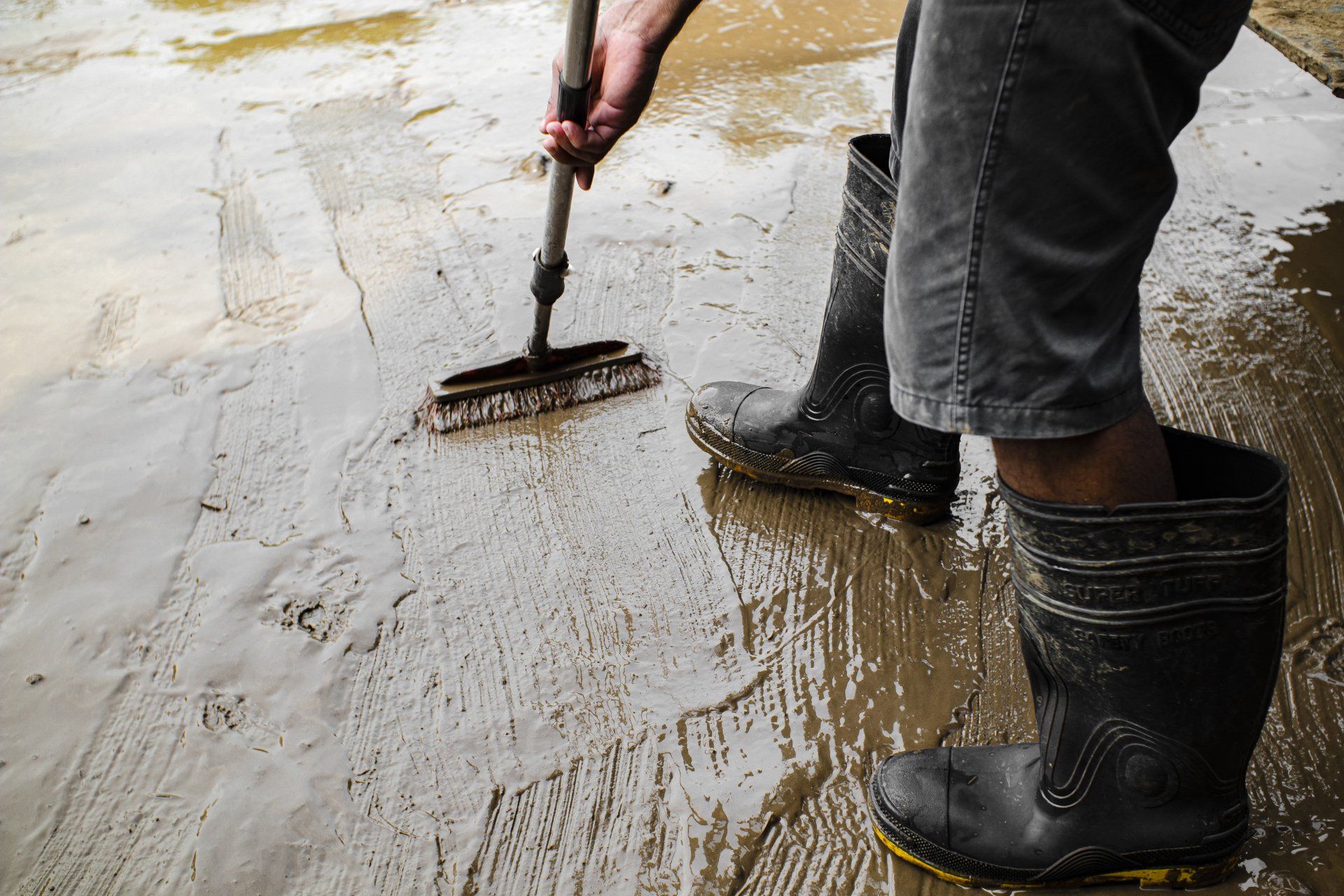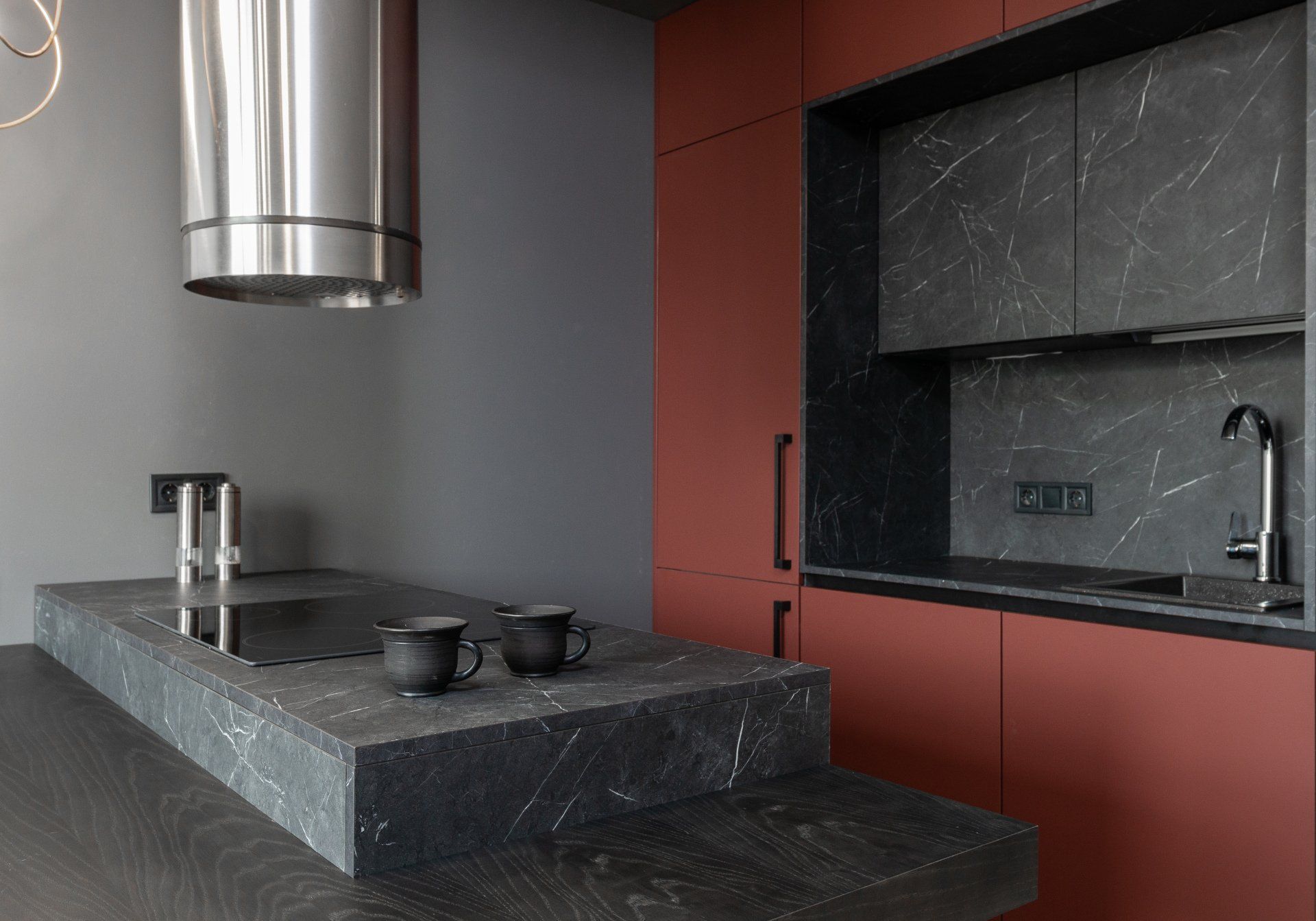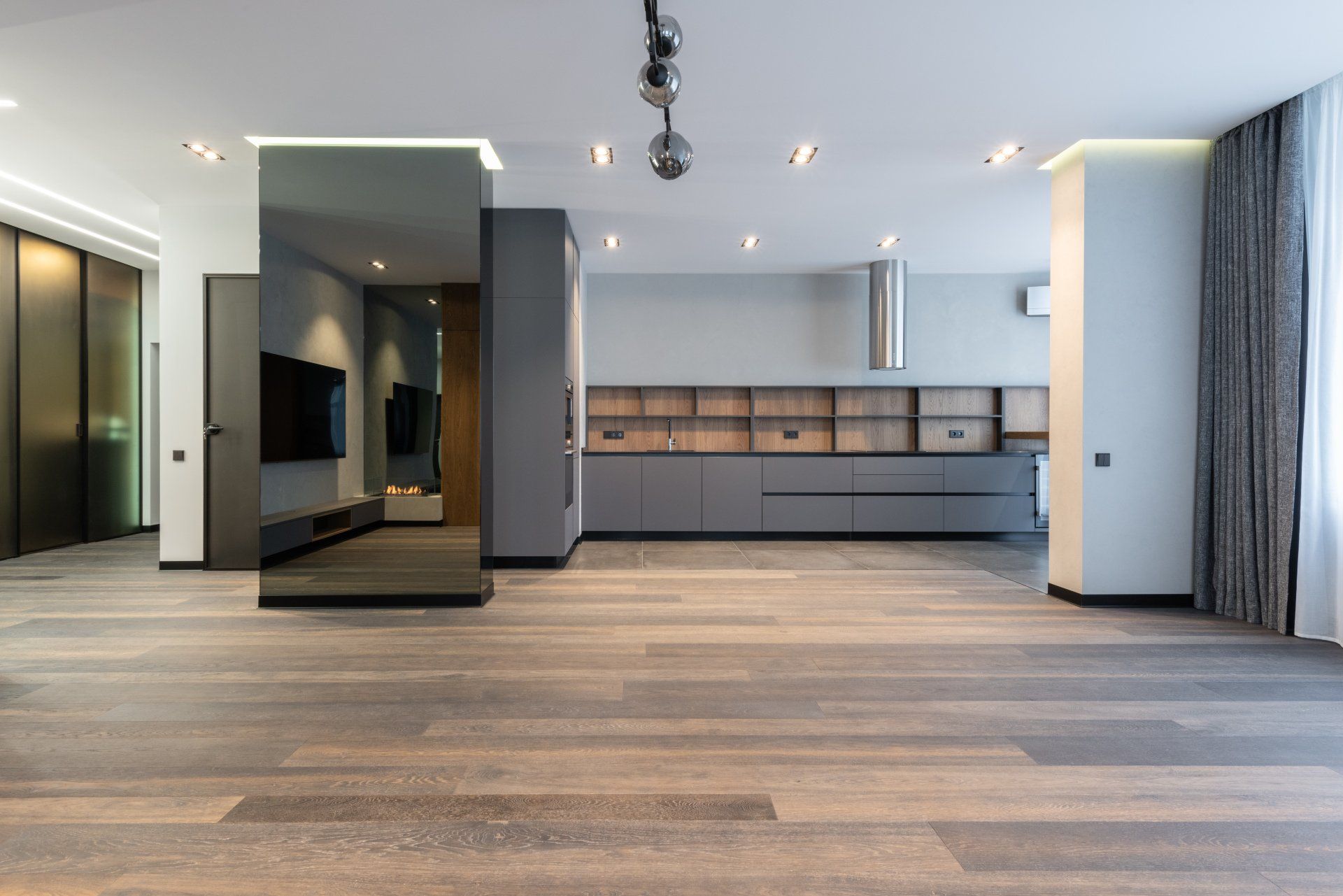Reduce The Misery of Springtime Allergies with Easy-Care Concrete Floors
Reduce The Misery of Springtime Allergies with Easy-Care Concrete Floors
Have you ever had allergies? If you or your family member suffers from asthma or allergies, then you're well aware of how Spring's arrival is met with mixed feelings. With the warm temperatures bringing out tiny blossoms and soft green leaves, people suffering from allergies grab boxes filled with Kleenex or Benadryl caps prior to heading out to soak up the sun. However, the outdoors isn't the only allergy trigger, as indoor factors can lead to an increase in asthma and allergy problems during this time of year:
- Rooms in the bedroom are home to greater amounts of dust mites than any other space.
- The dust in the air is the most significant trigger creating indoor allergies.
- The mold spores are found in the areas of moisture in kitchens, bathrooms, and laundry rooms.
Easy-to-clean floors reduce harmful dust
Dust is the primary cause of indoor allergens. And floors are the most abrasive area in your home that gathers dust. Flooring that draws and holds dust, such as carpeting and rough surfaces made of wood or tiles that are grouted, are more difficult and difficult to clean. This could result in unclean (and extremely dirty) floors. There is nothing that sticks to concrete floors sealed with the sealer, which means dust bunnies can be quick to sweep away using an ultra-fine dust mop. This means it's simple to keep clean floors in a matter of 15 minutes instead of 20 minutes using the use of a vacuum. If you opt for colored concrete as well as stamped that has fake wood or stone patterns, the seamless, uniform surface is resistant to dirt and dust on baseboards and corners. It is not necessary to move furniture in order to perform thorough cleaning. A dust mop allows you to get underneath and behind furniture to keep floors clean and clean.
- Change carpet and padding, which can be a breeding ground for dust mites at high levels and pet dander. Also, it can harbor mildew and mold with non-allergen decorative concrete and polished concrete floors.
- Place washable area rugs in areas where the need for softness is there.
- The surface is sealed to ward off spills from drinks and food and also accidents caused by pets. A damp, clean cloth is quick to solve any issue.
Be sure to keep moisture away from your flooring
Basement floors are known for their problems with moisture, but other flooring options in your home may be a contributing factor to allergic flare-ups too. Carpeting and seamed flooring, such as tiles with grout lines, planks of wood or vinyl flooring, and tiles with stick-on backing, can all accumulate moisture in the seams, which can result in hidden mold and moisture. The sources of moisture include drinks, water spills or pet accidents that can also cause an element of lingering odors. The expansion of bacteria and mold can cause severe reactions in asthmatics and allergy sufferers. The decorative concrete floors are waterproof with finishes that block staining and spills, and therefore nothing will be able to penetrate the floor and create a breeding place for allergens of every kind.
- Concrete finishes with decorative designs can deter the growth of mildew and mold in places where moisture could be an issue, such as bathrooms, kitchens, and laundry room.
- Take pleasure in the appearance of marble, tiles, faux stone, and wood planks in beautiful concrete flooring that mimics the genuine materials, however, without the shaky seams and grout.
- A brand new, attractive concrete basement floor with an industry-tough seal is an ideal foundation for keeping your entire home dry.
Tough Concrete Medicine Hat
Disclaimer - This is referral site. All work is performed by a licensed partner company.











